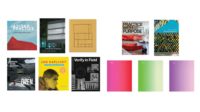RECORD Editors Round Up the Most Intriguing Architecture Monographs of 2024 So Far
.jpg?1718843473)
From a generation-spanning catalogue of Sordo Madaleno's transformative work in Mexico, to a multi-faceted treatise on design by Jeanne Gang, to a posthumously published autobiography by Antoine Predock, this selection of freshly released and upcoming books sheds new light on architectural practice.
Alison Brooks Architects: Arquitectura 2004–2024.
Foreword by Ricardo Merí de la Maza. TC Cuadernos, 386 pages, $45.

Architectural monographs don’t often adequately communicate the physicality of the buildings they feature. But Alison Brooks Architects: Arquitectura 2004–2024 showcases the rich materiality of the work by this London-based, Stirling Prize–winning practice, in inventively deployed textured brick, curved and perforated metal, and mass timber. It accomplishes this with photographs—of course—as well as with thorough project descriptions (in Spanish and English). But architects will most appreciate the clear and copious drawings, especially the well-labeled and dimensioned construction details. Joann Gonchar, FAIA
Field Architecture: Conversations with the Land,
by Stan Field and Jess Field. Contributions by Tami Hausman, Juhani Pallasmaa, and Aaron Betsky. Oscar Riera Ojeda Publishers, 400 pages, $75.
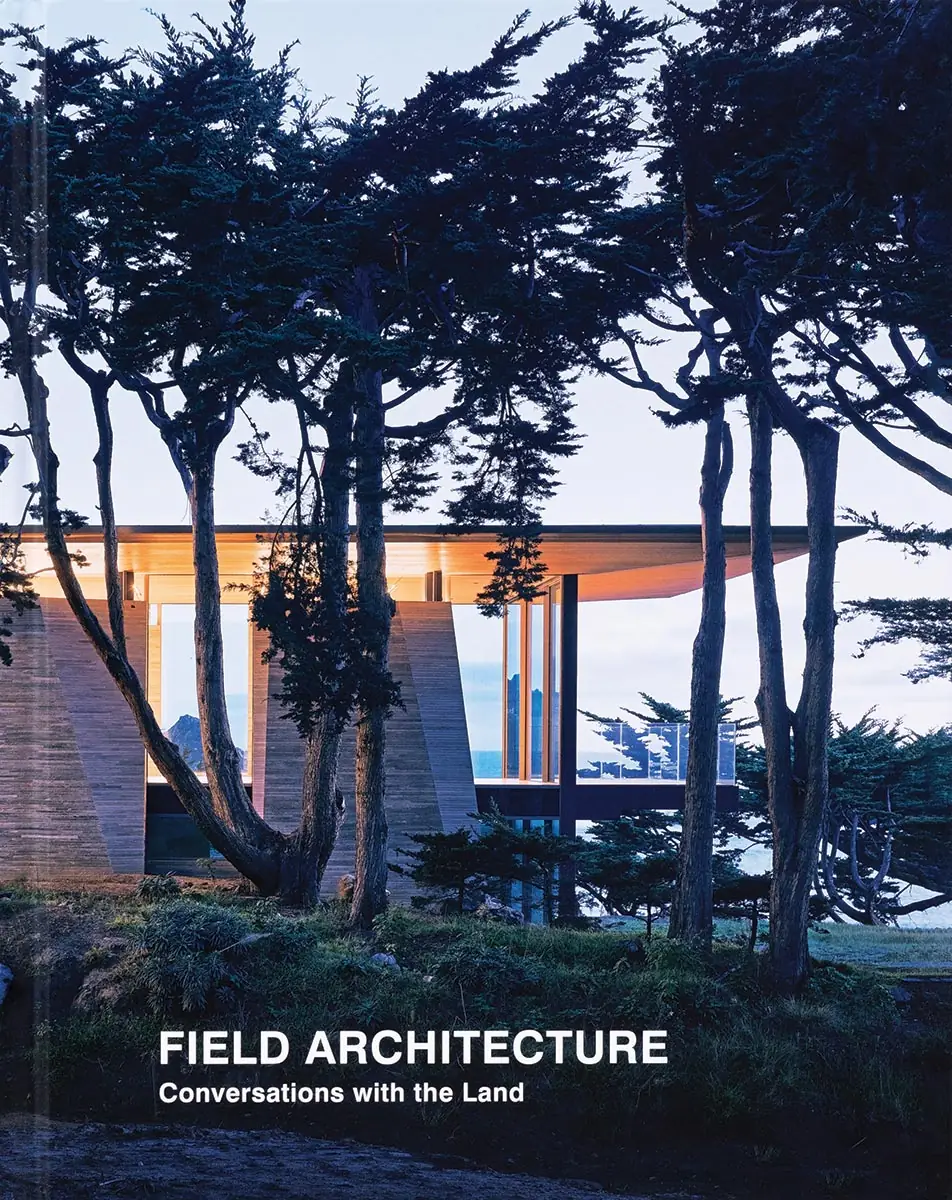
In their debut monograph, the father-and-son team behind Field Architecture take readers on a journey (or an expedition?) to the craggy shores and wooded forests of Northern California where they practice. Eight featured projects, all in careful dialogue with their surroundings, come to life via precisely drafted drawings, evocative hand-drawn sketches, thorough construction documentation, and stunning photographs by Joe Fletcher and Matthew Millman. Personal anecdotes, detailing the duo’s move from South Africa and the elder Field’s studies under Louis Kahn, make for an enjoyable read too. Leopoldo Villardi
Before/After,
by Álvaro Siza and Duccio Malagamba. Phaidon, 312 pages, $100.
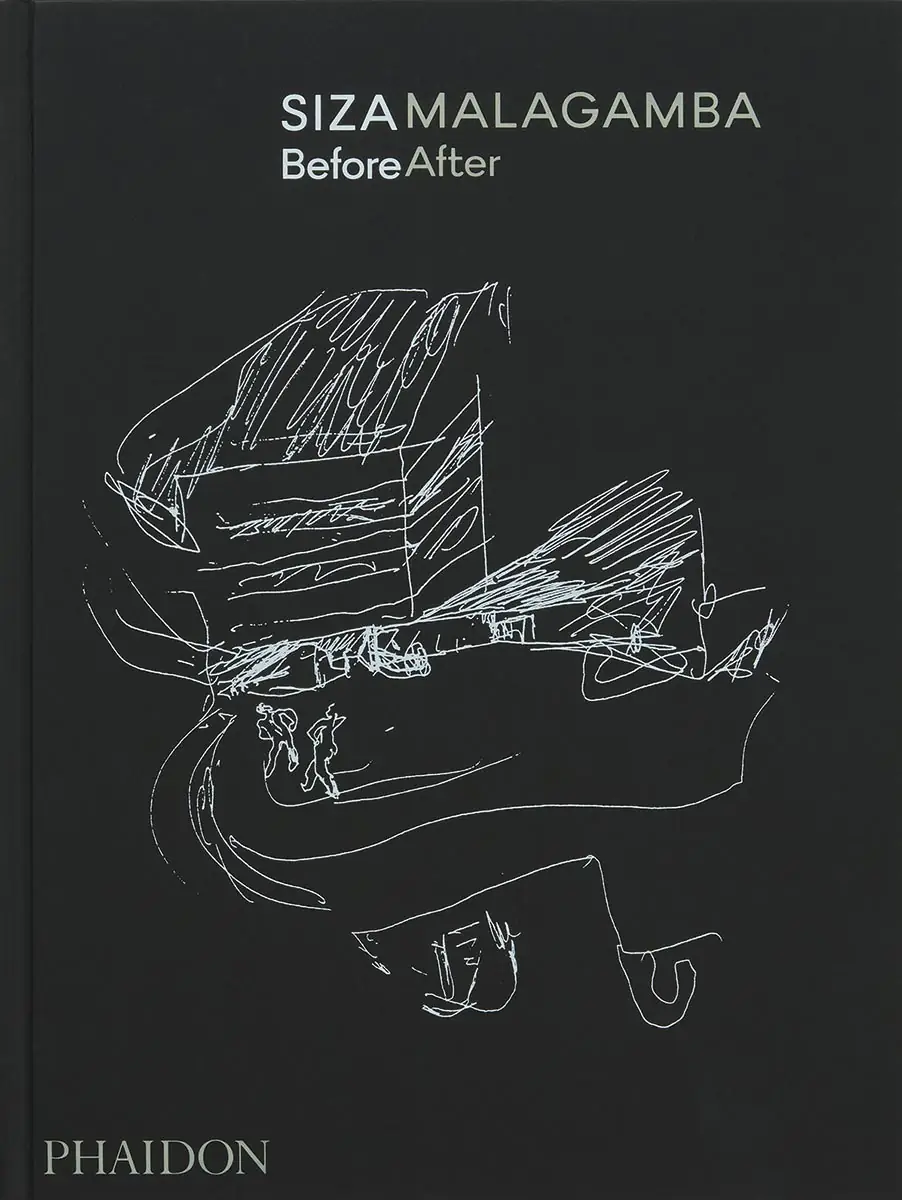
For decades, Italian architectural photographer Duccio Malagamba has traveled the globe to document the work of Pritzker Prize–winning minimalist Álvaro Siza. This curated survey of 20 projects explores their collaboration at its extremities: Siza’s initial sketches (the titular Before) are paired with Malagamba’s methodical photographs (the After), which capture the architect’s famously exacting work furnished, in use, and full of life. LV
Sordo Madaleno Architects: Shaping Transformation,
edited by Barry Bergdoll. Turner Publishing, 420 pages, $45.
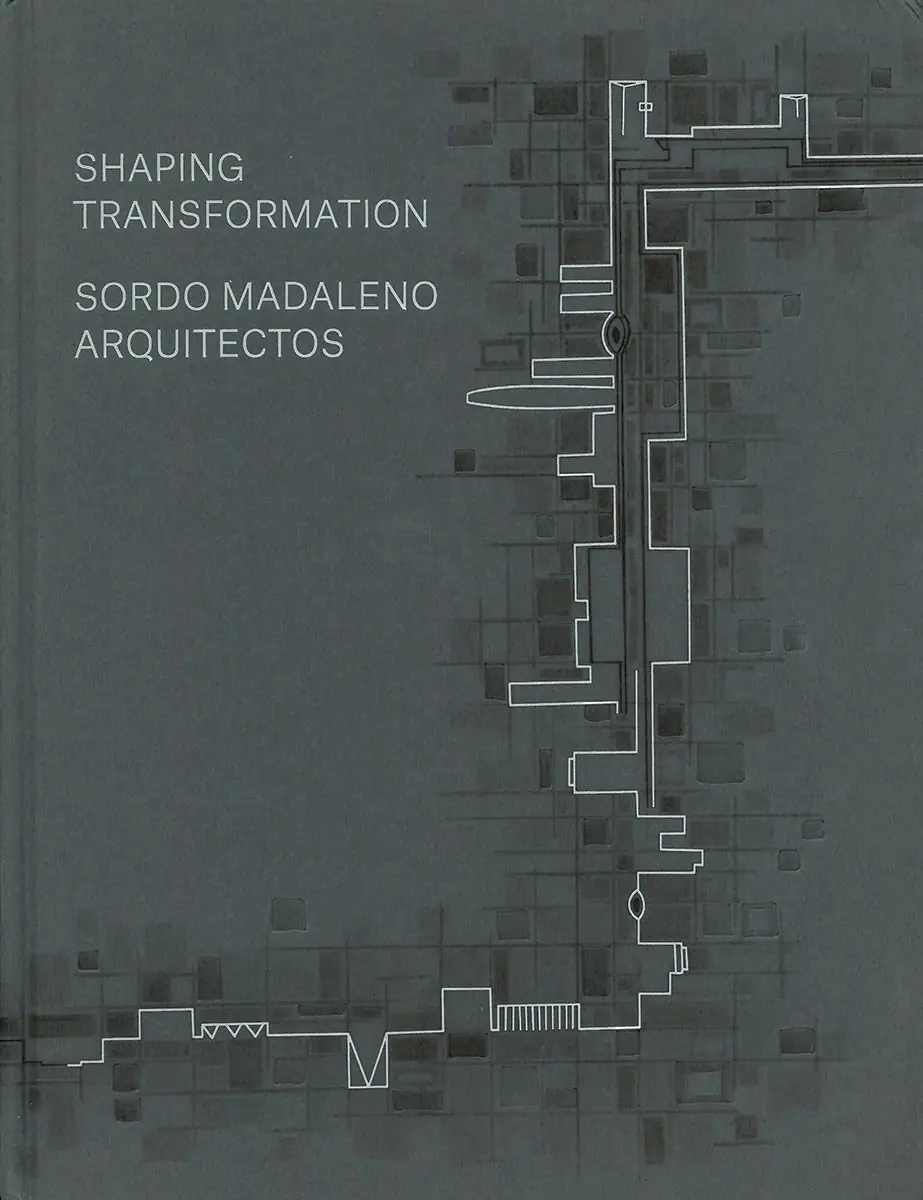
Barry Bergdoll assembles a coterie of critics, practitioners, and historians to investigate how Sordo Madaleno Architects shaped, and was shaped by, Mexico’s rapid urban development from the early 20th century to today. Essays by Kenneth Frampton, Felipe Correa, and Martha Thorne, among others, contextualize a selection of the practice’s nearly 400 projects, tracing how three generations of Madalenos successively responded to their respective era’s challenges while maintaining a consistent, and uniquely Mexican, architectural identity. Pansy Schulman
Iwan Baan: Moments in Architecture,
edited by Mateo Kries and Mea Hoffmann. Contributions by Iwan Baan, Lisa Dabscheck, Beatrice Galilee, Marvin Heiferman, and Hans Ibelings. Vitra Design Museum, 586 pages, $85.

RECORD contributing photographer Iwan Baan has been around the block. His work across six continents is wide-ranging, from commissions to surveys of global megacities and rural communities. Moments in Architecture accompanies Baan’s first major retrospective (exhibited at the Vitra Design Museum); written contributions by Beatrice Galilee, Mateo Kries, and others chronicle and appraise his broad body of work within a relatively compact volume. Matthew Marani
The Art of Architectural Grafting,
by Jeanne Gang. Park Books, 184 pages, $40.

Stitching, splicing, and nimble joining abound in Jeanne Gang’s The Art of Architectural Grafting. This slim, handsomely produced book with an impossibly long subtitle is one part horticultural field guide, one part personal journal, and one part treatise on a design philosophy rooted in agriculture, whereby the old is melded with the new to become something wholly different. It presents “a way forward that is more holistic than previous ‘bio-inspired’ architectural approaches to mitigating climate change,” writes the Chicago-based architect, who discusses a few select graft jobs of her firm’s own. These include the Gilder Center at the American Museum of Natural History in New York, the Arkansas Museum of Fine Arts in Little Rock, and Tom Lee Park in Memphis. Matt Hickman
Duvall Decker: Foundations,
by Anne Marie Duvall Decker and Roy Decker. Oro Editions, 138 pages, $45.
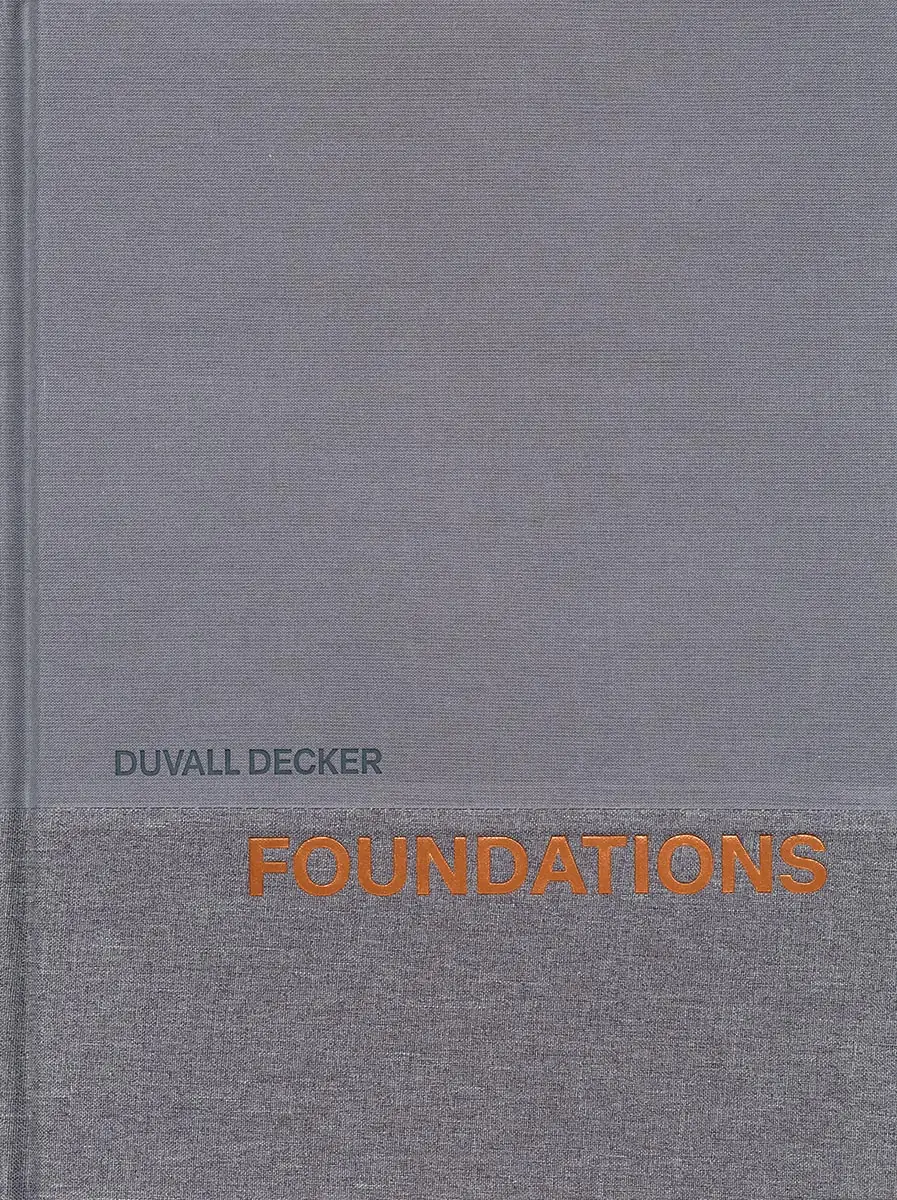
“The most important project for a design studio is the design of the practice itself,” begins this volume, which is less a standard photography-stuffed architectural monograph than a compendium of foundational principles—53 in total, ranging from “Avoid Novelty” to “Listen but Lead.” These have guided the Jackson, Mississippi–based firm Duvall Decker (whose Springdale Municipal Campus in Arkansas is featured in the June 2024 issue) in its ongoing “search for public good.” Each aphorism includes supporting commentary—and, yes, project photography, largely presented in black-and-white—that charts successes, failures, and lessons learned over the studio’s 25-year history. (Listen to our DESIGN:ED Podcast episode with Anne Marie Duvall Decker and Roy Decker.) MH
Lorcan O’Herlihy Architects: Building in Place,
by Lorcan O’Herlihy and Greg Goldin. Rizzoli, 272 pages, $65.

To quote the namesake founding partner of Lorcan O’Herlihy Architects (LOHA), this forthcoming book presents a “three-dimensional snapshot” of the firm’s work. It covers 15 context-sensitive projects, the bulk of them situated in and around LOHA’s home base of Los Angeles. These range from supportive housing to a dance center within a former citrus-packing plant. But sunny Southern California isn’t the only locale at play: two projects in Detroit, where the firm has a second studio, also appear. “Practicing in two single-industry-dominated towns, we take the responsibility of unpacking these environments and listening to lived experiences,” writes O’Herlihy. MH
The Architecture of Studio MK27: Lights, Camera, Action,
by Marcio Kogan. Contributions by Gabriel Kogan, Ellie Stathaki, Amy Frearson, Filippo Bricolo, Scott Mitchem. Rizzoli, 288 pages, $65.

Three-time RECORD House–winner, noted cinephile, and renowned São Paulo–based architect Marcio Kogan has produced his most comprehensive monograph to date with The Architecture of Studio MK27. This sizable book presents 20 projects within a wide range of contexts, from the Brazilian countryside to the mountains of British Columbia. With each successive chapter, readers are brought closer and closer to the work, beginning with the blurred indoor/outdoor relationship so characteristic of the firm’s portfolio and ending with lavishly illustrated compositions of texture and materiality. LV
Ride: 65 Years of Architecture,
by Antoine Predock. Rizzoli, 692 pages, $125.

The late architect Antoine Predock, who died in March at the age of 87, lived an enigmatic but full life. This nearly 700-page autobiographical monograph, published posthumously, traces the Albuquerque-based architect’s decades-long career, from his student days at Columbia University and internships with the likes of I.M. Pei to many international jaunts, often astride a motorcycle. Those excursions, which took Predock from the Aztec ruins of Zapotec in Mexico to Rome’s Pantheon, were extensively documented in sketches that appear throughout the book, juxtaposed with built work illustrated in plans, sections, and 3,500 photographs. MM
Brooklyn Bridge Park: Michael Van Valkenburgh Associates,
edited by Michael Van Valkenburgh and Elijah Chilton. Foreword by Julie Bargmann and afterword by Amanda Hesser. Monacelli Press, 304 pages, $60.
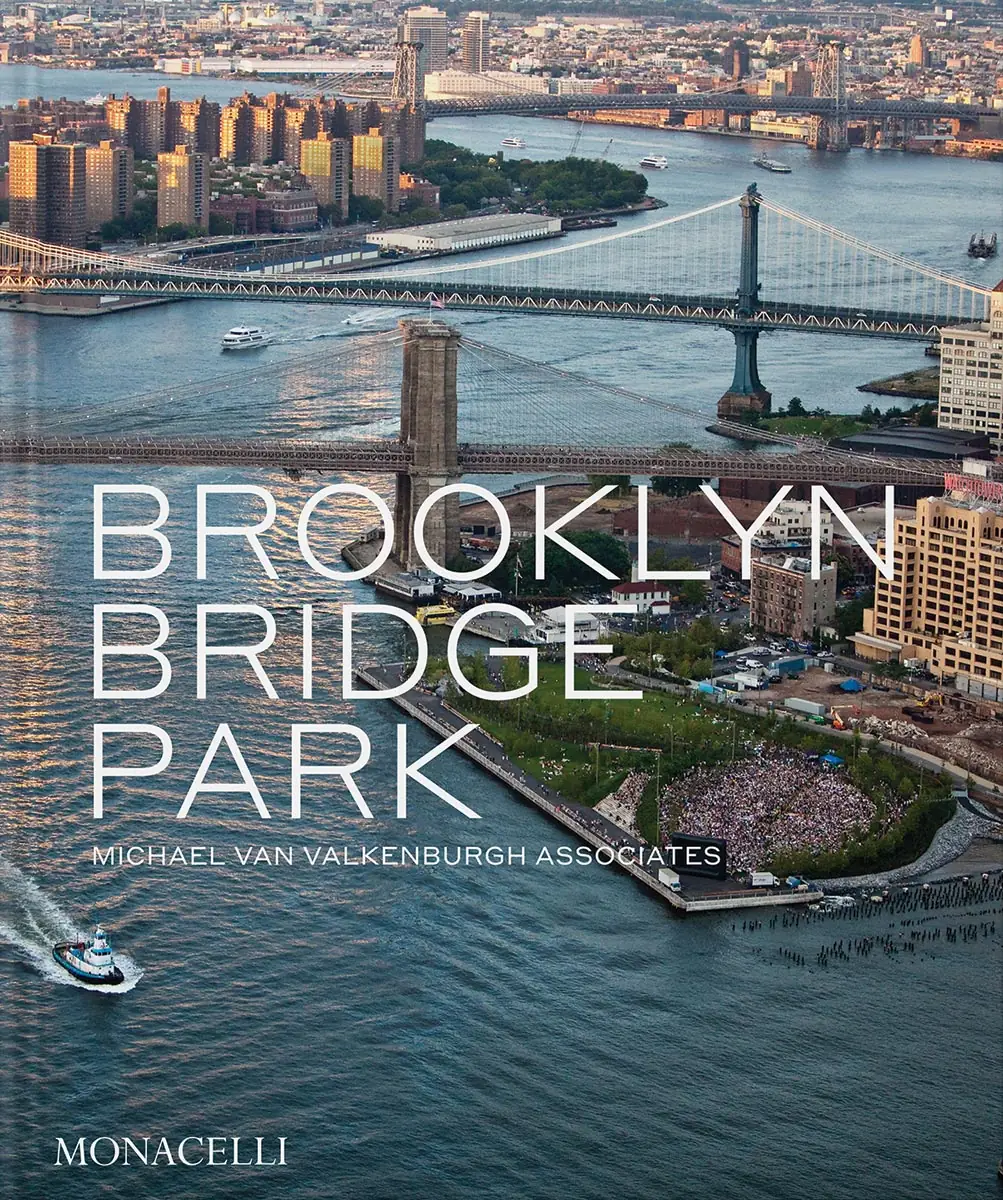
For local admirers and armchair excursionists alike, this authoritative “visual biography” of Brooklyn Bridge Park, reimagined by Michael van Valkenburgh Associates, is a true gift—one that promises to bring the “sensory experience of the landscape to life.” More than just a big green space in the Big Apple, this 85-acre public asset is a superlative example of postindustrial waterfront reuse. While lush imagery of the park in its current state is seductive, the beginning section of this hefty tome, entitled “Before the Park,” is particularly powerful in that it demonstrates—via archival photographs of derelict piers and vast expanses of concrete—the potential of overlooked infrastructure to be transformed. MH
Making Architecture: The Work of John McAslan + Partners.
Contributions by Kenneth Frampton, Alan Powers, Kenneth Powell, Chris Foges, Elizabeth Farrelly, Marwa El Mubark. Thames & Hudson, 352 pages, $75.

“We have wide-ranging interests which exclude almost nothing,” says architect John McAslan, as quoted in this new monograph about his London-based practice. The thought aptly sums up the diversity of his firm’s work, which spans from restoration and adaptive reuse to new construction, and across typologies, including large-scale infrastructure, as well as to locales as far-flung as Japan, Malawi, and his native Scotland. Edited by RECORD international correspondent Chris Foges, with a foreword by Kenneth Frampton and an introduction by Alan Powers, Making Architecture is organized thematically, highlighting not only the breadth of the work, but the threads of continuity over four decades of practice—namely a sensitivity to culture and place, a sense of social responsibility, and a desire to make buildings that enrich everyday life. JG
The Architecture of Sir Edwin Lutyens, Volume III: Public Buildings and Memorials,
by A.S.G. Butler. ACC Art Books, 300 pages, $150.
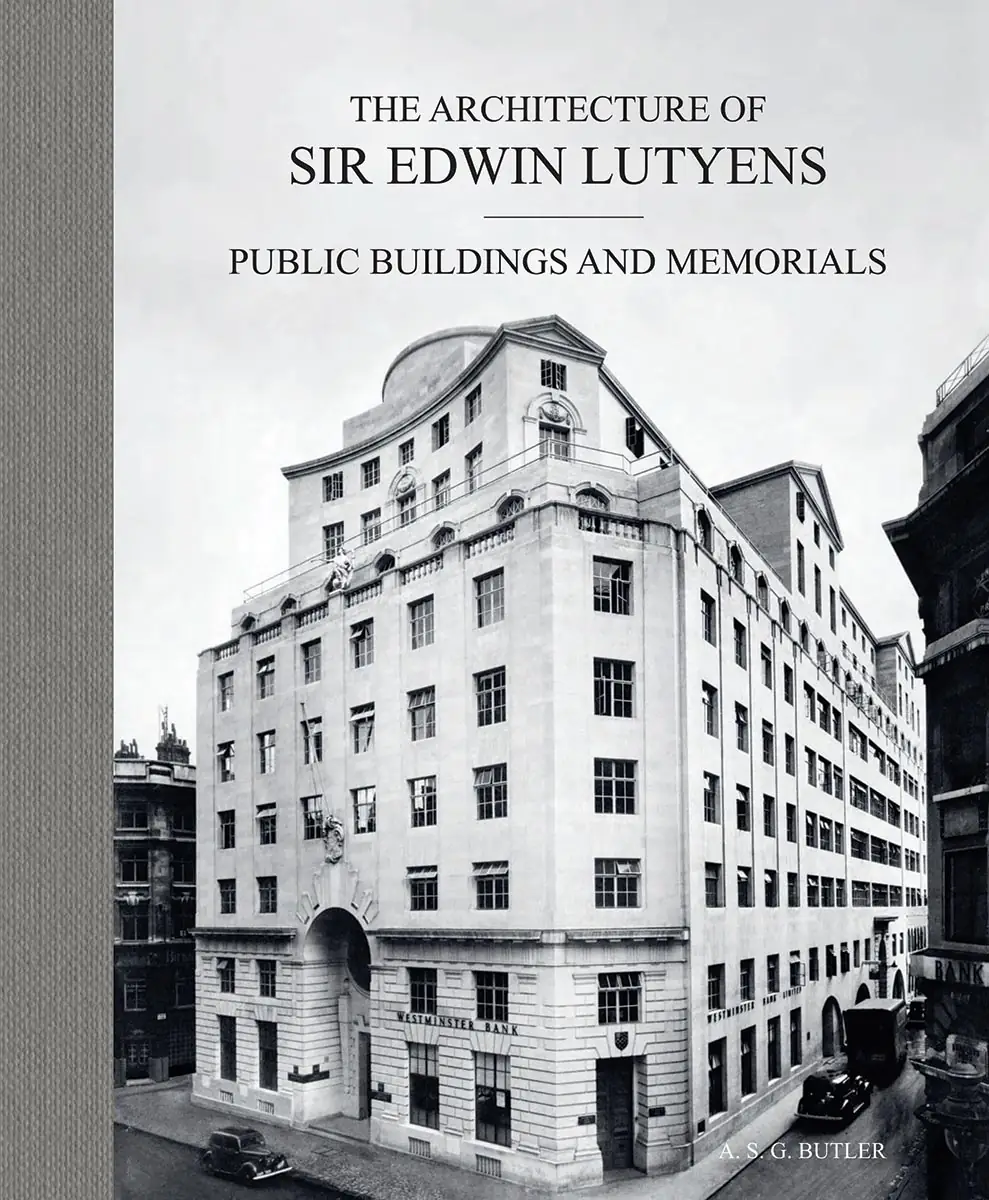
Architectural historians and enthusiasts of classicism will be pleased to learn that the third and final installment of the reprinted monograph series The Architecture of Sir Edwin Lutyens, first published in 1950, has landed in bookstores. The product of extensive archival research by members of the Institute of Classical Architecture & Art, these editions make newly accessible the work of the accomplished British designer. Although the first two volumes focus on country houses, gardens, and buildings in India and Washington, D.C., this one highlights Lutyens’s public works, including many commemorative monuments (such as the Thiepval Memorial to the Missing of the Somme in France) and the Midland Bank in London. LV
Section: KRIS YAO | ARTECH,
by Kris Yao. Foreword by Michael Webb. Oro Editions, 352 pages, $55.

They’re “like the two wings of a bird that, when balanced, allow it to soar,” says Taiwanese architect Kris Yao of the classical Chinese term tang ao, which invokes the seen and unseen. “The challenge of achieving this balance is what makes architecture so complex and so fascinating.” The interplay between the physical and emotional is explored in depth through 27 diverse projects designed by the Taipei- and Shanghai-based Kris Yao | Artech and presented in Section (the firm’s fifth monograph), including the newly completed New Taipei City Art Museum, the Wuzhen Theater, and Foxconn Headquarters in Shanghai. MH
For other notable books, peruse our book reviews.



